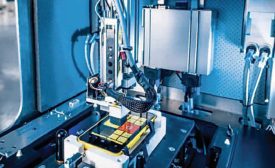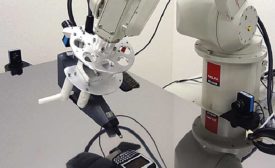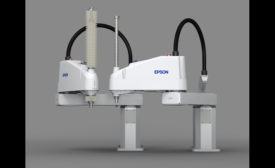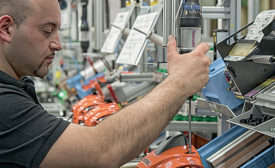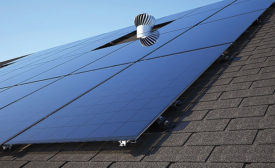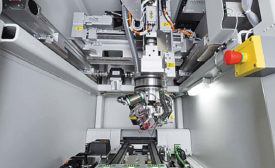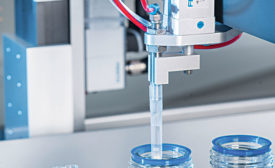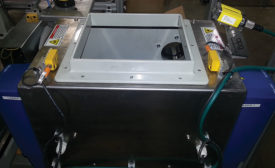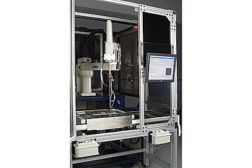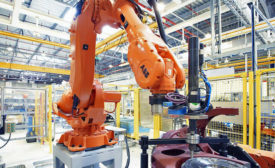Home » Cartesian robot
Articles Tagged with ''Cartesian robot''
Robotics
Cartesian, SCARA, Six-Axis and Delta: Robots Wowed Crowds at The ASSEMBLY Show
January 13, 2017
Modular Automation Components
A wide range of ready-to-install components and subassemblies enable manufacturers and integrators to quickly build custom automated assembly machines.
November 7, 2016
advertisement
How To Self Program and Robotically Fasten Multiple Parts on One Assembly Machine
March 7, 2016
Never miss the latest news and trends driving the manufacturing industry
Stay in the know on the latest assembly trends.
JOIN TODAY!Copyright ©2024. All Rights Reserved BNP Media.
Design, CMS, Hosting & Web Development :: ePublishing
